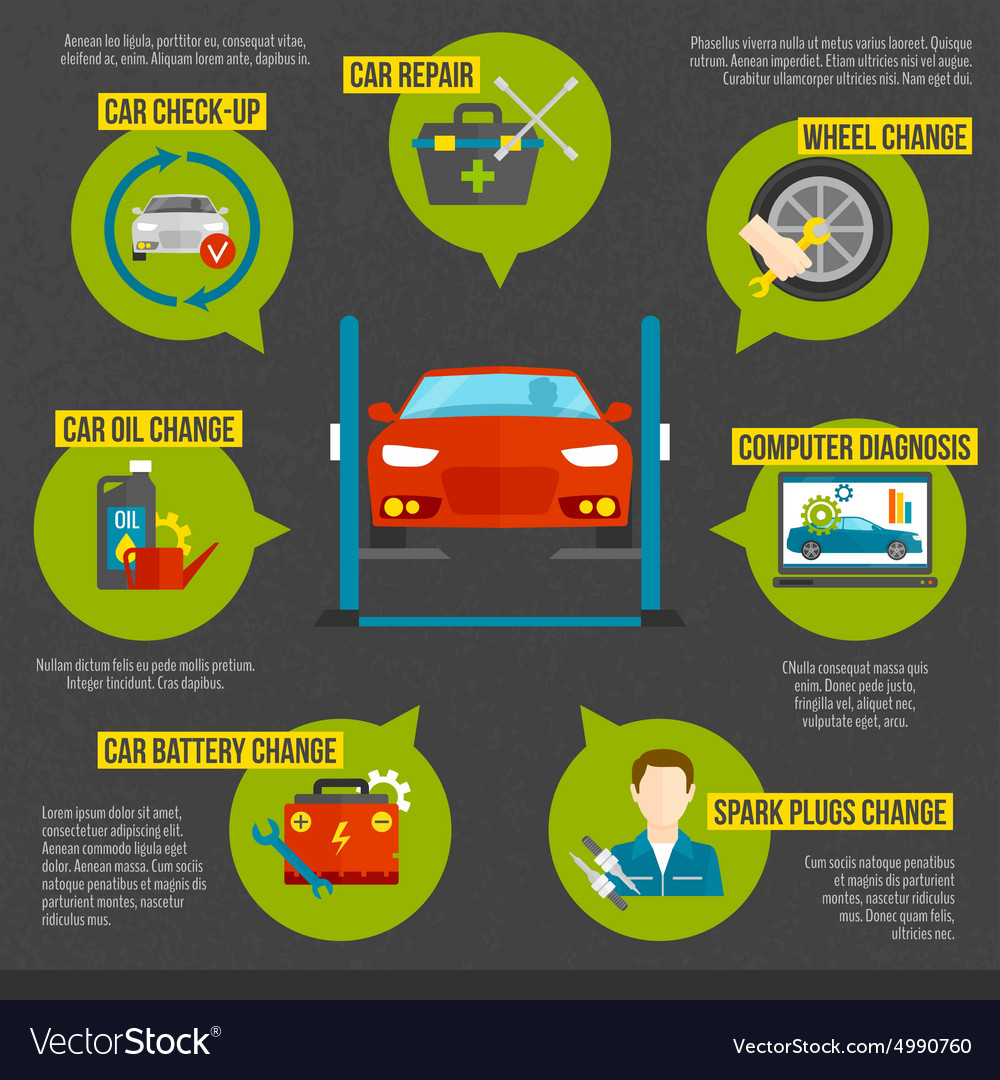Yet What Should You Do About Spongy Brake Pedals? Discover The Solution Listed Below!
Yet What Should You Do About Spongy Brake Pedals? Discover The Solution Listed Below!
Blog Article
Created By-Sharma Murray
When it pertains to your lorry's brake system, recognizing usual concerns can conserve you from prospective security hazards. From determining brake pad wear to attending to brake liquid leaks, recognizing how to tackle these problems is important. Yet what concerning those spongy brake pedals? There's a repair for that too. Stay tuned for more information concerning these problems and the functional solutions that can keep you securely when traveling.
Brake Pad Put On and Substitute
When it involves preserving your vehicle's brake system, one critical facet to keep an eye on is the wear and replacement of brake pads. Brake pads are essential elements that push versus the brake blades to decrease or stop your lorry. Over time, these pads wear down as a result of rubbing, requiring routine examination and substitute to guarantee your brakes operate efficiently.
To figure out if your brake pads require substitute, pay attention for shrieking or grinding noises when you use the brakes. Additionally, if your automobile takes longer to quit or you see vibrations or pulsations when stopping, it may be time to change the brake pads.
Neglecting worn brake pads can cause decreased stopping performance, damages to various other brake components, or perhaps brake failing.
Replacing brake pads is a relatively straightforward procedure for numerous lorries. Nonetheless, if you're unsure or awkward doing this job, it's ideal to seek advice from an expert technician to make sure correct setup and optimal brake efficiency.
Consistently examining and changing brake pads is vital for your safety and the durability of your automobile's stopping system.
Brake Liquid Leaks and Maintenance
To guarantee your vehicle's brake system functions optimally, it is very important to also take note of brake liquid leaks and maintenance. Brake liquid is important for sending the force from your foot on the brake pedal to the real stopping mechanism. One typical problem with brake liquid is leaks, which can happen due to shabby brake lines, seals, or links. If you observe a pool or trickles under your cars and truck, it's vital to resolve the leakage immediately to avoid a potential brake failing.
Routinely checking your brake fluid level is essential to maintaining your brake system. Reduced brake fluid can lead to air going into the brake lines, which endangers braking performance.
Additionally, old or contaminated brake fluid can impact the general effectiveness of your brakes. It's suggested to follow the producer's standards on when to alter the brake fluid, commonly every 2 years.
Spongy Brake Pedal: Blood Loss Brakes
If you've ever experienced a squishy brake pedal while driving, you comprehend the significance of keeping a firm and receptive braking system. One common source of a mushy brake pedal is air entraped in the brake lines. When https://brake-check28416.dbblog.net/3533877/when-to-diy-and-when-to-generate-a-specialist-for-vehicle-repair-works-making-the-most-effective-choice-for-your-car enters the brake system, it can result in a loss of hydraulic stress, resulting in that unsettling spongy feeling when you press the brake pedal.
To resolve this issue, hemorrhaging the brakes is necessary. Hemorrhaging https://www.cbs42.com/automotive/spend-less-at-the-pump-with-these-fuel-saving-tips/ involves getting rid of the air from the brake lines to restore correct hydraulic stress.
To bleed the brakes, you'll require an assistant to aid you. Start by locating the brake bleeder shutoff on each wheel, usually located near the brake caliper. With https://ecu-tuning-shops-near-me17394.newbigblog.com/36257575/taking-a-look-at-numerous-expert-opportunities-in-the-car-repair-service-field , loosen up the valve and have your assistant press the brake pedal while you observe any air bubbles appearing. Repeat this process for every wheel, beginning with the wheel farthest from the master cyndrical tube and relocating more detailed.
When you no more see air bubbles and only clear fluid emerges, tighten the shutoff and top up the brake fluid reservoir as required. Hemorrhaging the brakes helps guarantee a firm brake pedal and boosts overall braking efficiency.
Final thought
Since you understand common brake issues and exactly how to repair them, you can ensure your automobile's safety and security and performance. Bear in mind to pay attention for warning signs like shrilling sounds or spongy brake pedals, and resolve them immediately. Regular maintenance and prompt substitutes are crucial to maintaining your brakes in leading condition. Stay proactive and attentive to your brake system to enjoy safe and dependable driving experiences.
